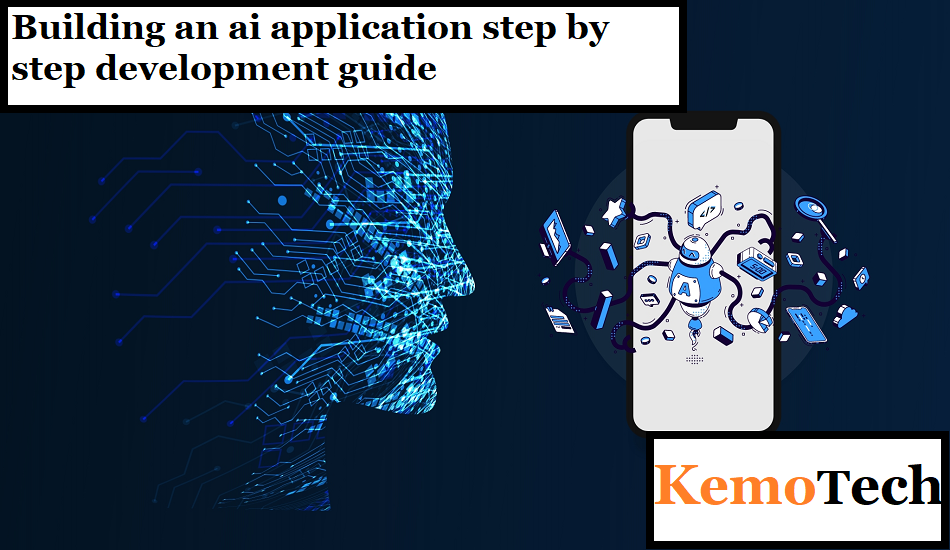Graphics processing units (GPUs) and more lately advances in artificial intelligence (AI) and high performance computing have brought NVIDIA Corporation frequently symbolized by its stock ticker symbol NVDA to the forefront of the technology industry. Established in 1993 by Curtis Priem, Chris Malachowsky and Jensen Huang NVIDIA has been instrumental in revolutionizing visual computing, gaming, and many other sector that depend on processing power. Among the many modern applications of NVIDIA’s products and technology are data center robotic and autonomous cars.
The Rise of NVIDIA in Gaming and Graphics
Graphics processing unit NVIDIA’s first claim to fame were designed to improve gamer experiences. Launched in 1999 with the GeForce 256 GPU promoted as the first of it kind NVIDIA quickly became a dominant force in the graphic and gaming industries Ever then the GeForce series has been the gold standard when it comes to gaming visual speed and quality.
With the release of the GeForce RTX series in 2018 consumer gaming finally have access to real time ray tracing. The use of ray tracing a rendering method improves the visual quality of both video games and professional visualization by simulating realistic lighting effect Deep Learning Super Sampling (DLSS) is one of the AI powered technologies launched with the RTX series it employ machine learning to improve graphic performance without sacrificing picture Quality.
Expansion into Artificial Intelligence and Data Centers
NVIDIA is now a major player in artificial intelligence and data center in addition to graphics and gaming. By enabling GPUs to handle complicated computing tasks outside of graphic the company CUDA (Compute Unified Device Architecture) platform turned GPUs become general-purpose processor used by many other sectors. CUDA hastened the incorporation of NVIDIA’s technology into domains including scientific computing, weather prediction, and medical research.
Recognizing the growing need for cloud computing and AI service NVIDIA has recently made key investments in data center technologies. Some of the biggest data center in the world run on the company’s A100 Tensor Core GPUs which are tailored for AI and machine learning workload. These GPUs have enabled advancements in fields including drug discovery autonomous system and natural language processing. NVIDIA’s dedication to helping AI research on a huge scale is further shown by its DGX Systems and NVIDIA AI Enterprise software package.
Automotive and Robotics: The Drive and Jetson Platforms
With the increasing need for autonomous cars, NVIDIA’s technology has also found uses in the automobile sector. Complete processing artificial intelligence (AI) capabilities, and simulation tool are all part of the NVIDIA DRIVE platform offering for autonomous driving. Innovations in artificial intelligence (AI) sensor fusion (SF) and mapping software (NVDA) have sped up the process of developing and testing autonomous vehicle technology which has attracted the attention of many major car manufacturers.
Similarly the Jetson platform from NVIDIA offers software and hardware capabilities for real time machine learning on devices with minimal computing power making it ideal for robotics and edge AI applications. As an example of how NVIDIA’s technology is applicable outside the realms of gaming and data center Jetson find widespread usage in industrial robot smart cities and even consumer application.
Acquisitions and Partnerships: Expanding Its Reach
To broaden its influence, NVIDIA has made smart acquisitions of businesses and technology. For example data center performance is greatly impacted by NVIDIA’s high-performance networking capabilities which were bolstered by the 2020 purchase of Mellanox Technologies. Despite regulatory roadblocks preventing the acquisition of Arm Holdings, NVIDIA showed its intent to go further into the semiconductor business and include more processing capabilities into its ecosystem with its pursuit of the Acquisition.
An important aspect of NVIDIA approach has also been partnership. Google Cloud Amazon Web Services (AWS), and Microsoft Azure are just a few of the major partnership that have established NVIDIA as a leading supplier of AI and deep learning solutions for the cloud. Through these collaboration NVIDIA makes its products available to a large community of developer and businesses opening the door to cutting-edge application in a broad variety of sector.
Financial Performance and Stock Market Impact
The outstanding achievement of NVIDIA is reflected in its stock which has grown substantially. Demand for the company gaming data center infrastructure and artificial intelligence technology skyrocketed during the COVID 19 epidemic leading to a dramatic boost in income. The stock of NVIDIA has been rather volatile in reaction to changes in the market and the economy as a whole, but it has generally been moving in a favorable direction driven by investor optimism about the expanding artificial intelligence and computer industries.
Challenges and Future Prospects
In spite of its achievement NVIDIA is confronted with obstacles such as regulatory constraint notably in relation to its attempted acquisition and rising rivalry in the graphic processing unit (GPU) and artificial intelligence (AI) markets, mainly from AMD and Intel. Also the semiconductor industry is constantly changing which presents challenges for the company’s operations due to supply chain limitations and geopolitical concerns that might affect manufacturing.
As long as NVIDIA keeps pushing the envelope in artificial intelligence cloud computing gaming and other fields the company future seems Bright. Its dedication to innovation and relationships with leading tech businesses assure that NVIDIA will continue to play a crucial role in defining the future of technology across numerous areas.
Conclusion
The fact that NVIDIA has gone from being a gaming hardware firm to a frontrunner in artificial intelligence autonomous system and HPC is evidence of how flexible and inventive the company is. By persistently inventing innovative technology and investigating new uses for its robust GPUs and AI platform the firm has disrupted a number of sector. With its growing impact in areas like cloud computing and robotic NVIDIA is well positioned to lead the digital revolution for the foreseeable Future.












